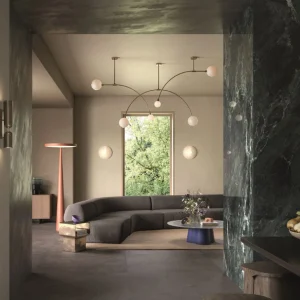The new Green Generation product range will be unveiled at a special presentation given by Silvia Del Vitto, European senior Whirlpool brand manager and project leader of Green Generation and Greenkitchen, at Blackall Studios in Shoreditch, London.
The Green Generation range consists of devices that belong to the best of the market and energy efficiency programmes that offer energy savings. The Green Generation units are equipped with the 6th Sense patented technology and a new design. The 6th Sense technology is based on smart sensors that optimise the use of water and energy, while maintaining the highest levels of performance.
Green Kitchen uses the latest generation Whirlpool appliances that claim to save significant amounts of energy compared to the average products currently in the consumer homes. For example, a Green Kitchen refrigerator can save up to 46% more energy thanks to new insulation materials, variable capacity compressors and more efficient heat-exchangers.
The use of a refrigerator drawer, instead of the normal cabinet form, helps reduce energy by half by trapping cold air inside the drawer. Additional, convertible storage space drawer operate at cellar temperatures to optimise the conservation conditions of easily perishable foods, saving energy at the same time.
Sensors able to measure the degree of soil in water prevent wasting clean water running down the sink drain by diverting it to a special tank. This water can be re-utilised to water plants, clean floors or in the dishwasher’s cycle.
A hood equipped with 6th sense sensors can automatically detect cooking activities, producing smoke or steam and regulating air extraction power accordingly, as well as switching on the light. It can also measure the temperature and the humidity levels of the air passing through the filters, using it for better climate control in the kitchen after purifying it.
Whirlpool has designed Green Generation range of freestanding appliances that respects the environment, taking into account the fact that more than 90% of the ecological footprint of a household unit is caused during the service life of the device.





